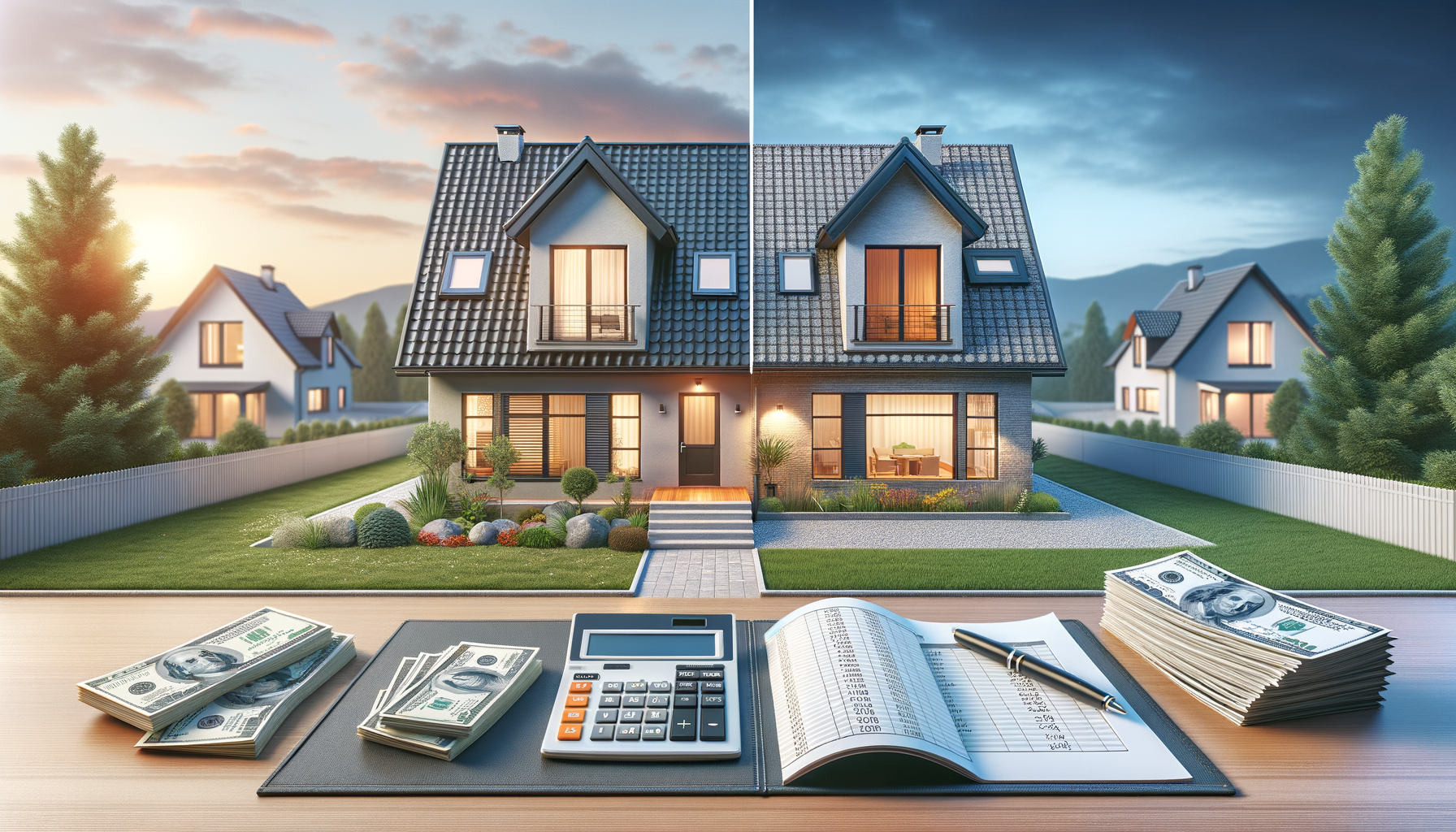Understanding Roofing Materials and Their Impact on Costs
Choosing the right roofing material is a crucial decision that can significantly impact both the cost and longevity of your roof. Various materials offer different levels of durability, aesthetics, and maintenance requirements. Common options include asphalt shingles, metal roofing, clay tiles, and wood shakes, each with its own set of advantages and price points.
Asphalt shingles are among the most popular choices due to their affordability and ease of installation. They offer a good balance between cost and durability, typically lasting 20 to 30 years. Metal roofing, although more expensive upfront, provides exceptional longevity and energy efficiency, often lasting 50 years or more. Clay tiles, known for their aesthetic appeal and durability, can last over a century but come with a higher price tag and require professional installation due to their weight.
When selecting a roofing material, consider the local climate, architectural style of your home, and budget. A well-chosen material can enhance the value of your home while providing long-term savings on maintenance and energy costs.
The Role of Roof Pitch and Size in Cost Estimation
The pitch and size of your roof are significant factors that influence the overall cost of a roofing project. Roof pitch refers to the steepness of the roof, which affects the type of materials suitable for installation and the complexity of the labor involved. Steeper roofs often require more safety measures and specialized equipment, leading to higher labor costs.
In terms of size, a larger roof surface area naturally requires more materials and labor, increasing the total cost. It’s essential to obtain accurate measurements to ensure precise cost estimation. Additionally, larger roofs may offer economies of scale, potentially reducing the cost per square foot compared to smaller projects.
When planning a roofing project, consider how the pitch and size will impact both the initial and long-term costs. Consulting with a professional can help you understand the implications of these factors and make informed decisions.
Assessing the Condition of Existing Structures
Before embarking on a roofing project, it’s crucial to assess the condition of existing structures, including the roof deck, insulation, and underlying support systems. Any damage or deterioration in these components can lead to additional costs if repairs or replacements are necessary.
A thorough inspection by a qualified professional can identify potential issues such as rot, mold, or structural weaknesses. Addressing these problems before installing a new roof can prevent future complications and extend the lifespan of the roofing system.
Investing in a comprehensive assessment of your existing roof structure can save you money in the long run by avoiding unexpected repairs and ensuring the new roof is installed on a solid foundation.
Labor Costs and Regional Variations
Labor costs are a significant component of any roofing project and can vary widely depending on the region. Factors such as local labor rates, availability of skilled workers, and regional demand for roofing services can all influence the overall cost.
In areas with a high cost of living, labor rates may be higher, reflecting the increased expenses associated with maintaining a skilled workforce. Conversely, in regions with lower living costs, you might find more competitive pricing for roofing services.
It’s essential to obtain multiple quotes from reputable contractors in your area to compare labor costs and ensure you’re getting a fair price. Additionally, consider the contractor’s experience and reputation, as these factors can impact the quality of the installation and the long-term performance of your roof.
Making Informed Decisions for Long-Term Value
When considering a new roof, it’s important to look beyond the initial costs and focus on long-term value. Investing in quality materials and skilled labor can lead to significant savings over the lifespan of the roof through reduced maintenance and energy costs.
Consider the total cost of ownership, which includes installation, maintenance, and potential repairs. A well-installed roof using durable materials may have a higher upfront cost but can offer better value over time by minimizing the need for frequent repairs and replacements.
Ultimately, making informed decisions about your roofing project can enhance your home’s value, improve energy efficiency, and provide peace of mind knowing that your investment is protected for years to come.




Leave a Reply